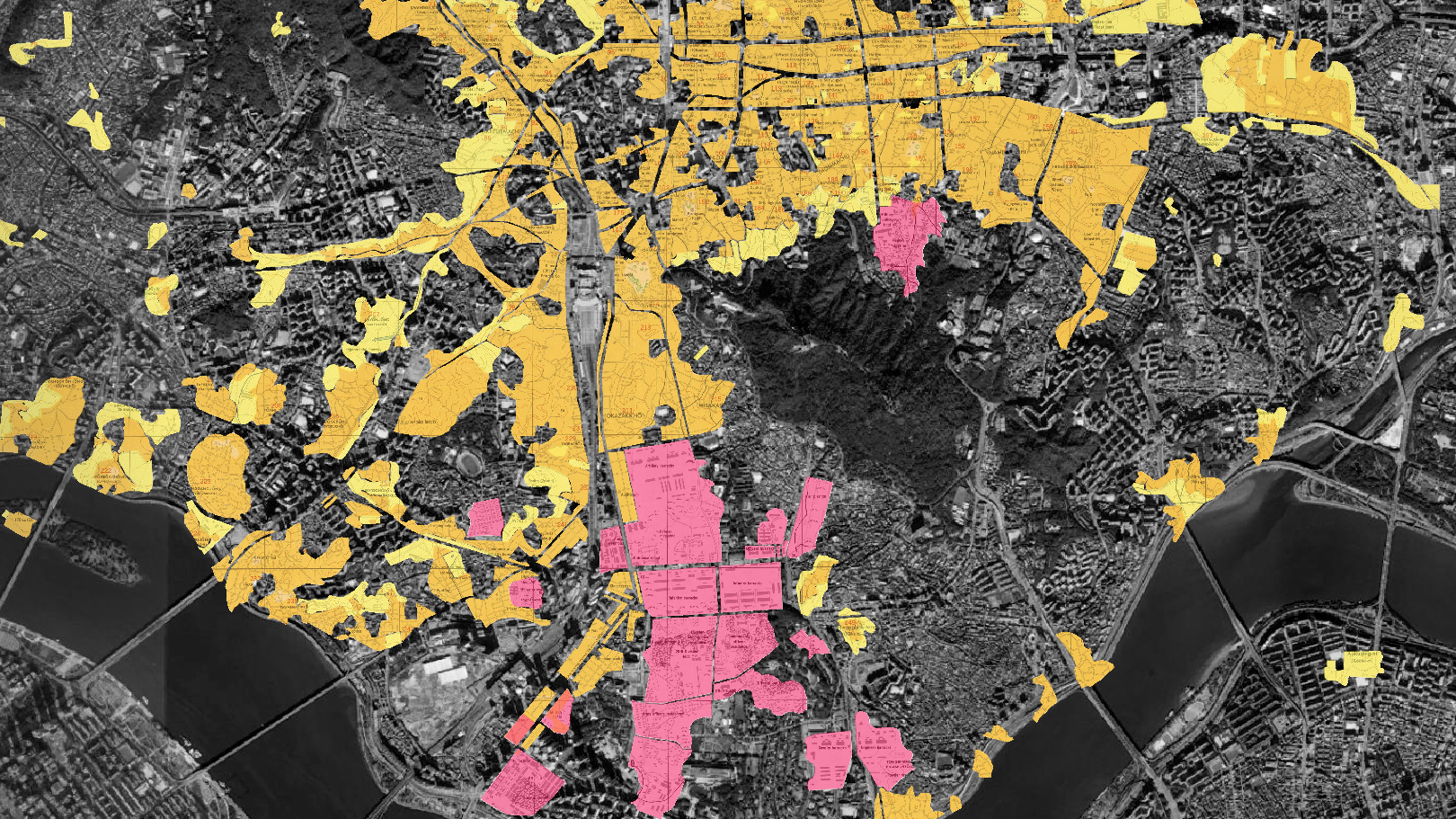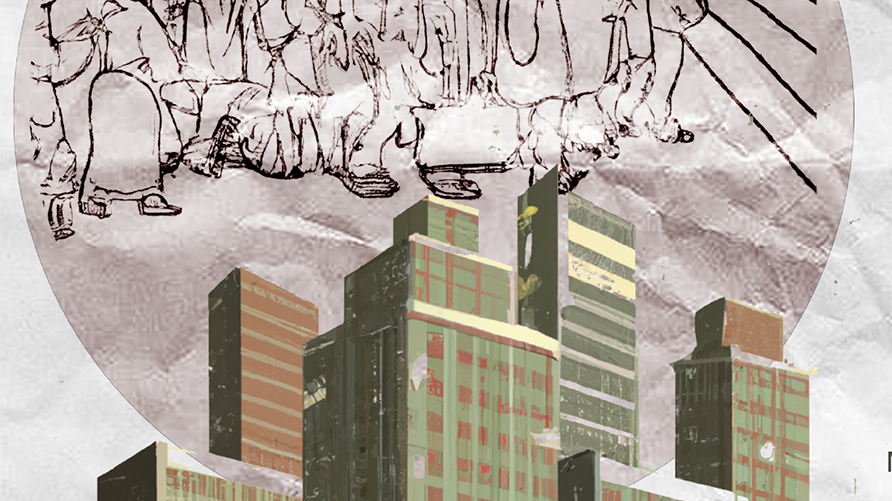Introductory Excerpt
The following paper is a case study in the regional food systems planning efforts in the New York Metropolitan Area shortly before, during, and after the COVID-19 pandemic.
After a brief background, the paper will describe early regional efforts to establish the baseline governance structure and policy priorities for food systems planning in the region. A 2013 policy document from Scenic Hudson, which argues for the conservation of regional foodsheds, will provide an ecological framework with which to examine subsequent planning efforts.
The paper will then describe the food-related disruptions caused by COVID-19 and the immediate policy responses that followed. Then, drawing from comprehensive studies from the CUNY Urban Food Policy Institute, the paper will examine these policy responses for effectiveness, shortcomings, and trends. Finally, this document will examine other regional food systems efforts in the northeast United States and the lessons that the New York Metropolitan Area can adopt for enhanced regional food planning.
Illustration from Foodworks (New York City, 2021)
While arguing for a regional approach to food systems planning, the case study emphasizes the planning governance and processes of New York City, as its extraordinary need for food access presents a compelling argument for the city to lead the development of a resilient regional food system. Moreover, while various parts of the regional food system will be addressed, including food production, processing, distribution, and consumption, upstream food production will be a recurring focus as it is underrepresented in food-related policies and reports in the New York Metropolitan Area. As such, this case study does not attempt to be a comprehensive review of regional food policy affected by the COVID-19 pandemic.
policy analysis | Columbia GSAPP | FALL 2023 | metropolitan Planning | Professor Tom Wright (RPA)





